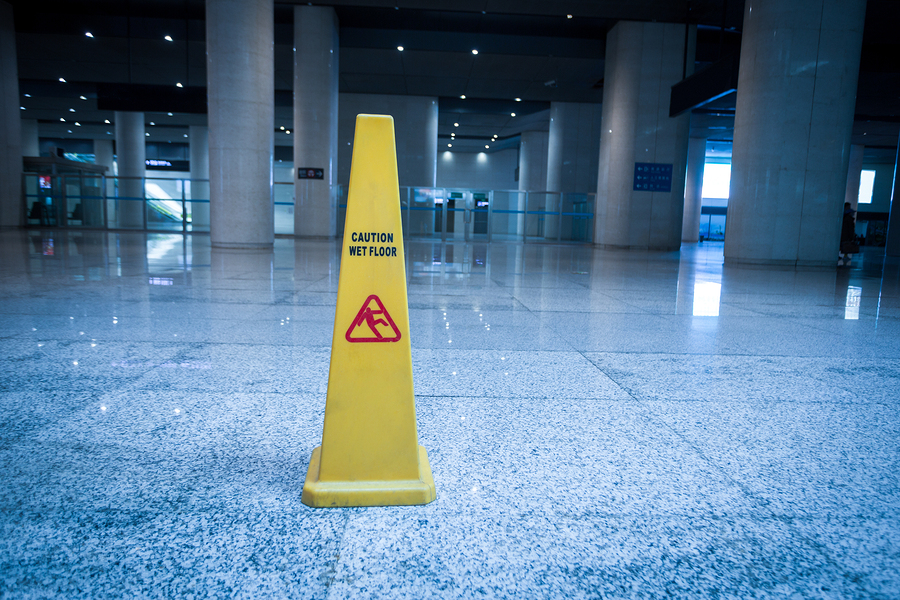How Is Fault Proven In Slip And Fall Accidents?
 Michael Babboni
Personal Injury
When it comes to proving fault in Florida slip and fall accidents, things can get a little tricky. In slip and fall accidents, the property owner must be found at fault for the accident, and when human error comes into play, proving this fault can grow difficult. Looking at fault in slip and fall accidents also considers factors like reason and responsibility, creating a grey area that only a professional accident lawyer can best navigate.
Michael Babboni
Personal Injury
When it comes to proving fault in Florida slip and fall accidents, things can get a little tricky. In slip and fall accidents, the property owner must be found at fault for the accident, and when human error comes into play, proving this fault can grow difficult. Looking at fault in slip and fall accidents also considers factors like reason and responsibility, creating a grey area that only a professional accident lawyer can best navigate.Consider If The Accident Could Have Been Avoided
If the property owner could have reasonably avoided the situation that caused the injury, you may have a case. However, if the property owner has taken measures to limit a known hazard and an injury still occurs, you might not be entitled to compensation. For example, a person is walking through a car wash area, and steps on a particularly soapy spot on the floor causing a bad fall. If a drain was placed into the floor of the space, the property owner has taken some measure to avoid accidents in trying to dry the floor quickly, and for this reason, they may not be held responsible or negligent in the accident. If the floor has no drainage system, or no signage warning of slippery floors, the property owner is more likely to be deemed negligent, and compensation is more likely to be rewarded.
Reasonable responsibility is also considered when proving fault in slip and fall accidents. To use the car wash example again, if a person trips over a hose line in the car wash, even if the hose line is not warned of or stored above, they may not be entitled to compensation. Because the area is a car wash, it may be found that some hose type obstacles should be expected and watched out for in the area, and it could be deemed the fault of the injured party for not keeping watch for such hazards.
What The Injured Party Will Need To Prove
It is the job of the injured party to prove negligence in slip and fall cases, and this is typically done in one of a few ways. The defenses one will most often use to prove fault in a slip in fall are usually:
• Should have known – If the property owner claims to not be aware of the hazard, the injured party may prove fault by suggesting that any reasonable person in the owner’s position should have known about the hazard and either fixed or notified others about it.
• It went unfixed – Another defense that may be used is that the property owner or employees were aware of the hazard, but failed to place signage or fix the hazard in a reasonable or timely fashion.
• It was caused by the property owner – A person may also say that the hazard was caused by the property owner or their employees, and after the hazard was caused it was never fixed or signage was never placed as a warning. For instance, if an employee at a restaurant spills a glass of water, leaves the water, and a patron slips and falls on it, the situation can be used to prove negligence in the case.
Proving fault in slip and fall accidents is crucial to your case, but it’s also made from difficult waters to navigate. With a St. Pete personal injury lawyer experienced in slip and fall accidents, you’re setting yourself up with your best chance to get the settlement you deserve. Contact us at TheStPeteLawyer.com to learn more about what representation can do for you and your case today.
